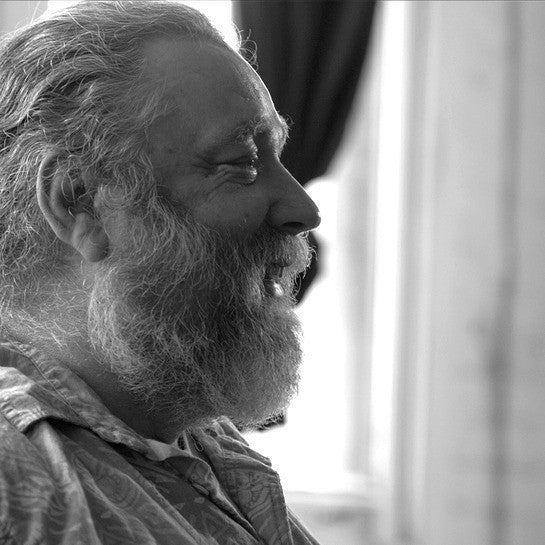
Stephen Rapp
Stephen Rapp is a self-professed late bloomer in terms of his career. At 35, he started college and developed a passion for calligraphy. When he began his career, he got “a lot of signage work like chalkboard menus, business signs. At that point I never hesitated to accept jobs, so some were a bit unusual — like lettering on a harpsichord or for a set on a David Mamet film”
In 1997, he was recruited by Current Greetings and joined the lettering team. His time there was short, however, because American Greetings called and offered him a job. “I worked there from 2000 to 2010, doing lettering design and eventually taking over all of their font development. I decided to go out on my own in 2010, but still do their font development work on contract.”
Calligraphy to typography
Expanding into type design wasn’t a planned move. “I had been drawing type a bit in calligraphic art pieces in the ’90s. Right before I started at American Greetings, a calligrapher friend who was also a type designer saw a piece of lettering I was experimenting with and suggested I make a font from it. That ended up being my first attempt at type design and it was accepted by P22.”
Stephen loves creating fonts, but finds the lettering behind typefaces way more interesting. “I know fonts are never going to have all the freedom and spontaneity of hand lettering, but I always try to get as close to this as possible within the structure of the typographic environment.”
“I know typefaces are never going to have
all the freedom and spontaneity of lettering,
but I always try to get as close to it as possible.”
One of his most memorable projects was a personal one. A few years ago, he started a series of drawn words. “I’ll watch movies late at night and will inevitably start drawing. One night, I took an exaggerated doodle and sketched out weights on it like a real piece of lettering. I brought those into Photoshop and redrew them. One of those —Dirty Secrets — made it into the juried edition of Letter Arts Review.”
What teaching has taught him
These days, you don’t even have to leave your house to find inspiration. “The web has made finding inspiring work much easier. I love looking at packaging sites like Dieline or image and portfolio sites like Flickr and Behance. I teach calligraphy and lettering as well, and find watching students work just as inspiring at times.”
He spends a lot of time digitizing the work of other lettering artists, which he enjoys immensely, but he has also realized the need to “carve out time for my own projects. So these days I make a point of spending some time working on my own fonts and lettering. Teaching has had a great influence on my work. I spent several months completely relearning how to write with a pointed brush before I taught that workshop. So in analyzing it, I found my own work changing along the way.”
Stephen says the drive to create is “probably some sort of brain anomaly inherent in most artists. When I’m not sitting down to ‘work’ at art, I’m often feeling the urge to write or draw letters. I do the same with music. I’ve played traditional Irish tunes on the flute for years, but often find myself grabbing a penny whistle and doodling out a few tunes for no particular reason.”